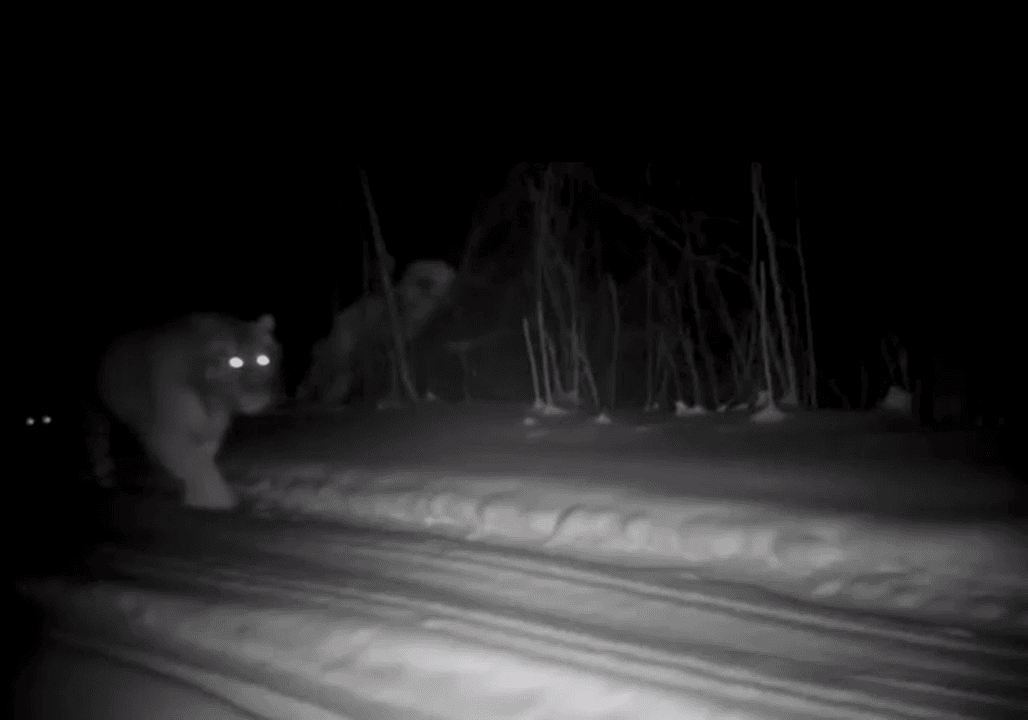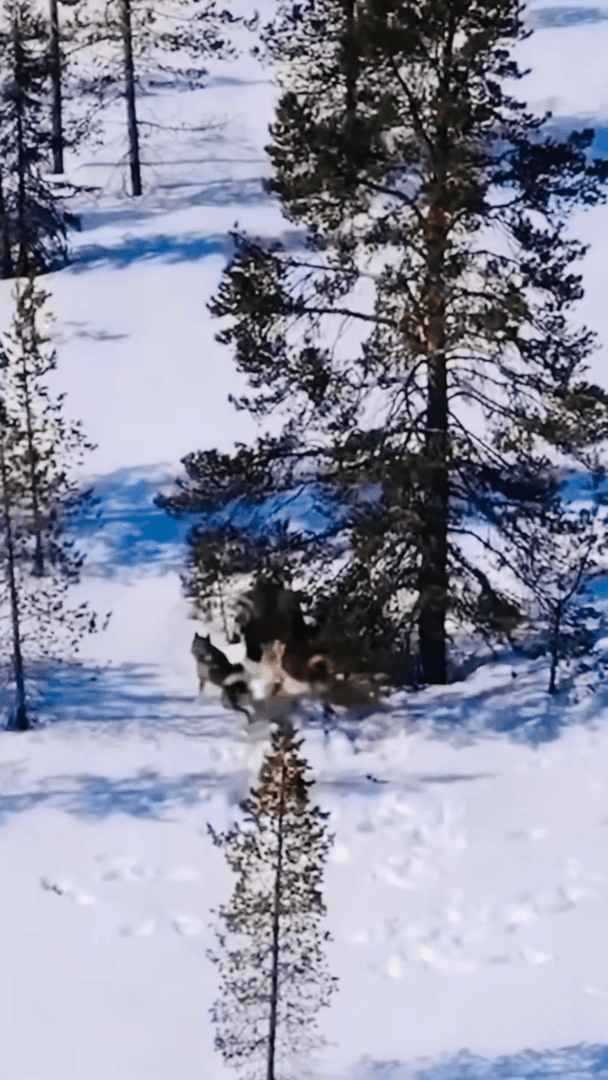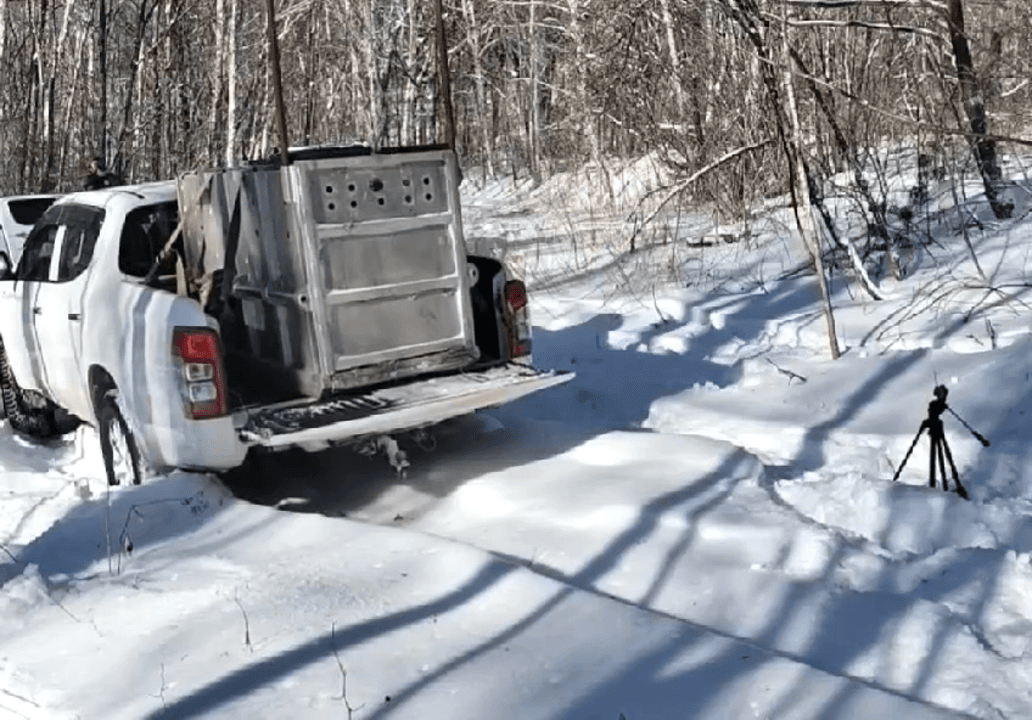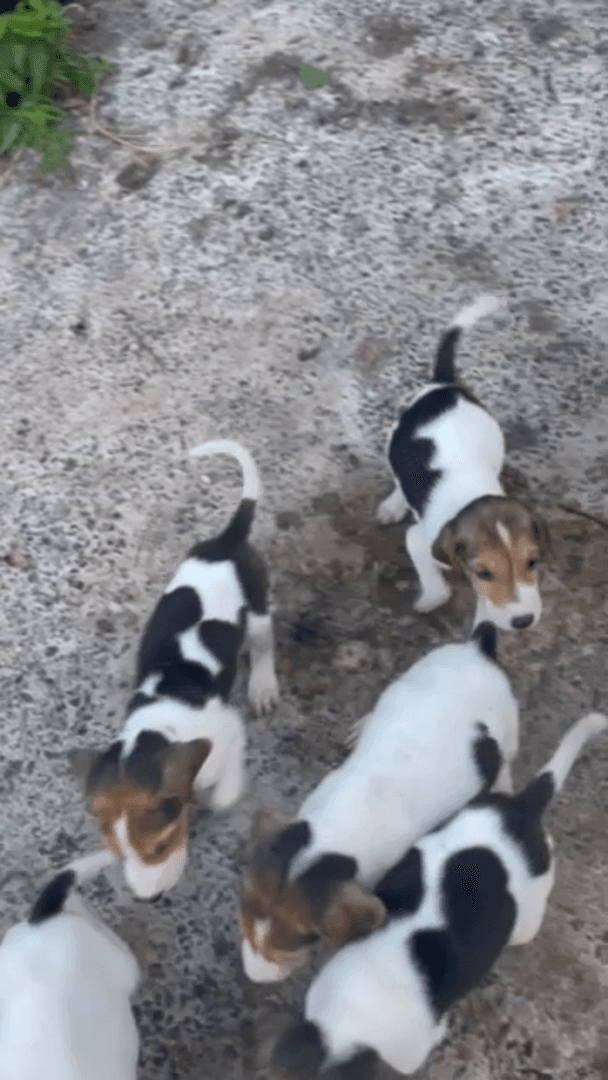
The Otterhound: A Hunter's Companion With a Nose for Adventure As a seasoned hunter, I've always valued a good hunting dog by my side. Over the years, I've had the pleasure of working with many breeds, each with its own unique strengths. But today, I want to introduce you to a truly remarkable canine companion: the Otterhound. A Dog With a Purpose The Otterhound, as the name suggests, was originally bred to hunt otters. These aquatic predators were once considered a threat to fish stocks in England, and the Otterhound emerged as a specialist in their pursuit. But don't let the name fool you; the Otterhound is more versatile than you might think. While they excel in water, their stamina, powerful nose, and determination make them capable hunters on land as well. What Can an Otterhound Hunt? While traditionally used for otter hunting (now illegal in many places), today's Otterhounds can be trained to hunt: Raccoons: Their tracking abilities and determination make them well-suited for trailing raccoons. Small Game: Otterhounds can also be trained to hunt rabbits, squirrels, and other small game animals. Waterfowl: With their love for water and strong swimming abilities, some Otterhounds have been used for waterfowl retrieval. Other Varmints: They can be effective in controlling populations of groundhogs and other nuisance animals. Characteristics and Care: The Rugged and Rowdy The Otterhound is a large, rugged breed with a distinctive appearance. They are known for their: Size: Otterhounds typically stand 24-27 inches tall and weigh 65-115 pounds. Coat: Their double coat is dense and water-resistant, providing insulation in cold water. Regular brushing (2-3 times a week) is essential to prevent matting. Temperament: Otterhounds are known for being friendly, boisterous, and independent. They have a playful nature and get along well with children and other dogs. Exercise Needs: Otterhounds need a significant amount of exercise to stay happy and healthy. Daily walks, runs, or swims are a must. Grooming Keep an eye on their ears, as they are prone to infections. Weekly cleaning with a vet-approved ear cleaner is recommended. They don’t need frequent baths, but it is important to brush them regularly to prevent matting. Training for the Hunt: Unleashing the Natural Instinct Otterhounds have a strong hunting instinct, but they require consistent training to channel that instinct effectively. Here's my approach: Start Early: Begin basic obedience training as soon as you bring your Otterhound puppy home. Positive Reinforcement: Use positive reinforcement techniques, such as treats and praise, to motivate your dog. Introduce Scents: Expose your Otterhound to the scents of the animals you want them to hunt. Tracking Games: Play tracking games in the yard or field to develop your dog's scent-tracking abilities. Water Work: If you plan to use your Otterhound for waterfowl hunting, introduce them to water early and make it a positive experience. Drills to Sharpen Hunting Skills To hone your Otterhound's hunting skills, try these drills: Scent Dragging: Drag a scent trail (using a piece of fur or a scent lure) and have your Otterhound follow it. Gradually increase the distance and complexity of the trail. Blind Retrieves: Have your Otterhound retrieve objects from a hidden location. This will help them develop their scent-tracking and retrieving skills. Water Retrieves: If you plan to hunt waterfowl, practice retrieving dummies or birds from the water. Obedience in the Field: Practice basic obedience commands (such as "sit," "stay," and "come") in the field to maintain control of your Otterhound during the hunt. A Loyal and Unique Companion The Otterhound is not for everyone. They require a dedicated owner who can provide them with the exercise, training, and attention they need. But for the right hunter, the Otterhound is an incredibly rewarding companion. Their unwavering determination, powerful nose, and love for the hunt make them a valuable asset in the field. Disclaimer: Always check your local regulations regarding hunting with dogs and ensure that otter hunting is legal in your area. Work with a qualified dog trainer to develop a training program that is tailored to your Otterhound's individual needs. https://m.uh.app/organizations/huntingdogs
Post: 19 February 22:26















































